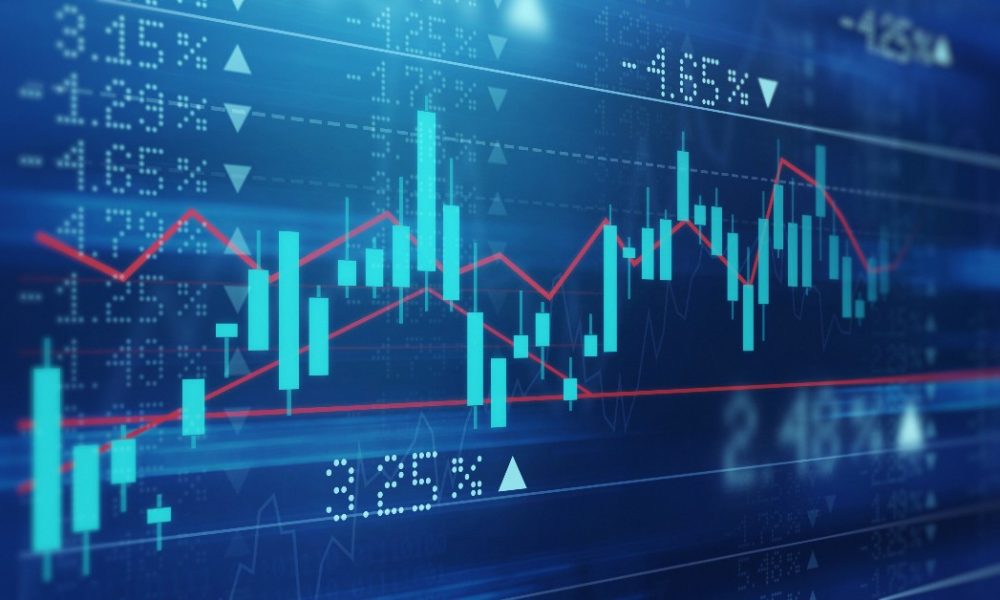What is a sensex?
The Bombay Exchange Sensitive Index (Sensex), the benchmark index of the Bombay Stock Exchange, is known by the abbreviation “Sensex” (BSE). When referring to the “Sensex,” we refer to a collection of the 30 largest and most liquid stocks listed on the BSE.
The term “Sensex,” which is a combination of the words “Sensitive” and “Index,” was created by stock market specialist Deepak Mohini. The Indian stock market’s movements are reflected in the Sensex. It is regarded as the Indian stock market’s benchmark index. Formerly known as the Bombay Stock Exchange or BSE, claims that it is the oldest index in India and offers time series data going back to 1979 on its website.
Why the Sensex Matters
The SENSEX measures the performance of the stocks on the BSE and indicates whether they are rising or falling.
The BSE-Sensitive Index, which consists of 30 stocks and is “Market Capitalization-Weighted,” is known as the SENSEX. It represents a sample of sizable, well-established, and financially solid enterprises.
As it represents the underlying universe of listed stocks at The Mumbai Stock Exchange, this index is frequently used to assess the performance of the Indian stock markets, which are regarded as the country’s heartbeat.
What is BSE, or Bombay Stock Exchange?
The Bombay Stock Exchange (BSE), of which the Sensex is an essential component, must first be understood to proceed with learning about the Sensex. One of India’s first stock exchanges, the BSE, was established in 1875. All market categories, including equity, derivatives, debt, mutual funds, currencies, and others, are open for trading on the BSE. It has always been a leader in establishing and expanding India’s capital market.
How is Sensex Calculated?
Market Capitalization = Share Price/Share * Number of Shares Issued by The Company
The stock values of 30 different BSE-listed businesses are used to measure the value of the SENSEX. The method is referred to as the “free-float market capitalization” method.
A firm’s market capitalization is calculated by dividing the share price by the total number of shares the company has issued.
How Can I Invest In Sensex?
Exchange Traded Funds and Index Mutual Funds are two ways to invest in the Sensex (ETFs). These funds make investments in a mix of equities that closely resemble the performance of an index, such as the Nifty or the Sensex.
The primary distinction between mutual funds and exchange-traded funds (ETFs) is the active daytime price updating of ETFs, which allows for real-time buying and selling.
On the other hand, the prices of Mutual Funds are updated only at the end of the day and can be bought and sold based on the End of Day Prices.
FINAL INSIGHT
The value of the Sensex over time can be used as a barometer for market behavior, as well as to compare investments, benchmark portfolio performances, and analyze Index Funds, Index Futures, or Index Options.
The significant corporations from several industrial sectors that jointly represent the Economic Trends of India make up the Sensex index. Similar to this, sectoral indices track the aggregate performance of a group of stocks in a specific industry.








